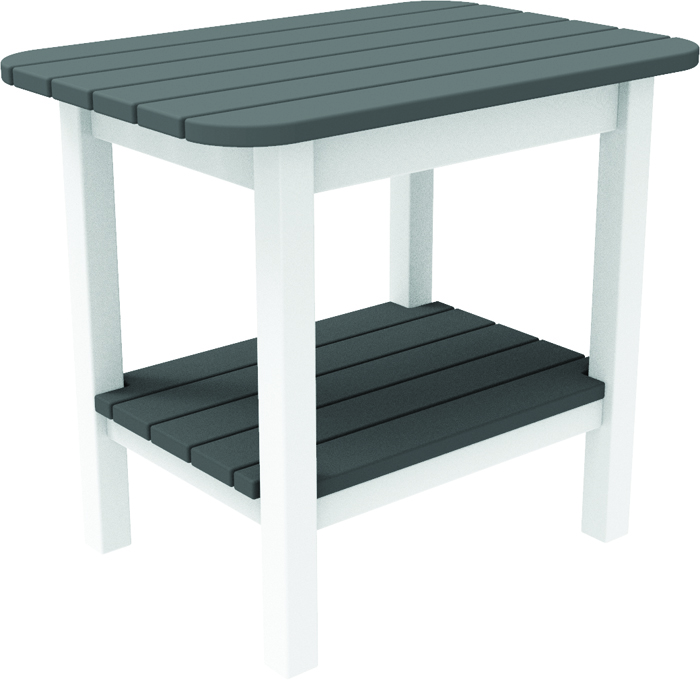The synthetic nature of the material raises some environmental considerations, however. As an acrylic-based product, Sunbrella fabric derives from petroleum resources and is not biodegradable in natural environments. This contrasts with natural fiber alternatives that might decompose more readily at end-of-life, though those typically offer significantly shorter useful lifespans.
The creation of fiberglass umbrellas involves several precise steps that combine traditional craftsmanship with dining table modern manufacturing techniques. The Italian Libeccio Table process dining table begins with the production of the fiberglass components themselves.
Fiberglass entered the umbrella manufacturing scene in the late 1950s, coinciding with broader applications of this versatile material across various industries. Before this innovation, umbrellas typically featured frames made of wood, metal, or whalebone – materials that each had significant limitations. Wood was heavy and prone to warping, metal rusted and bent easily, and whalebone was both expensive and raised ethical concerns.

The creation of teak wood umbrellas involves several precise steps that combine traditional craftsmanship with careful material selection. The process begins with the sourcing of the teak wood itself.

At its core, fiberglass consists of extremely fine fibers of glass that are woven together and then combined with a polymer resin. This creates a composite material with properties that surpass those of its individual components. For umbrella applications, these properties prove particularly valuable.
The space efficiency of offset designs adds an often-overlooked practical benefit. By moving the support structure to the side, these umbrellas can provide shade in tight spaces where a traditional center-pole design would create awkward obstacles. This makes offset umbrellas particularly well-suited for balconies, small patios, and areas adjacent to walls or other structures.

Canopy material significantly impacts performance and longevity. Polyester dining table offers good water resistance at lower price points, while solution-dyed acrylic provides superior UV protection and color retention for patio applications. The canopy should include double stitching at stress points and reinforced corners where it attaches to the frame.

